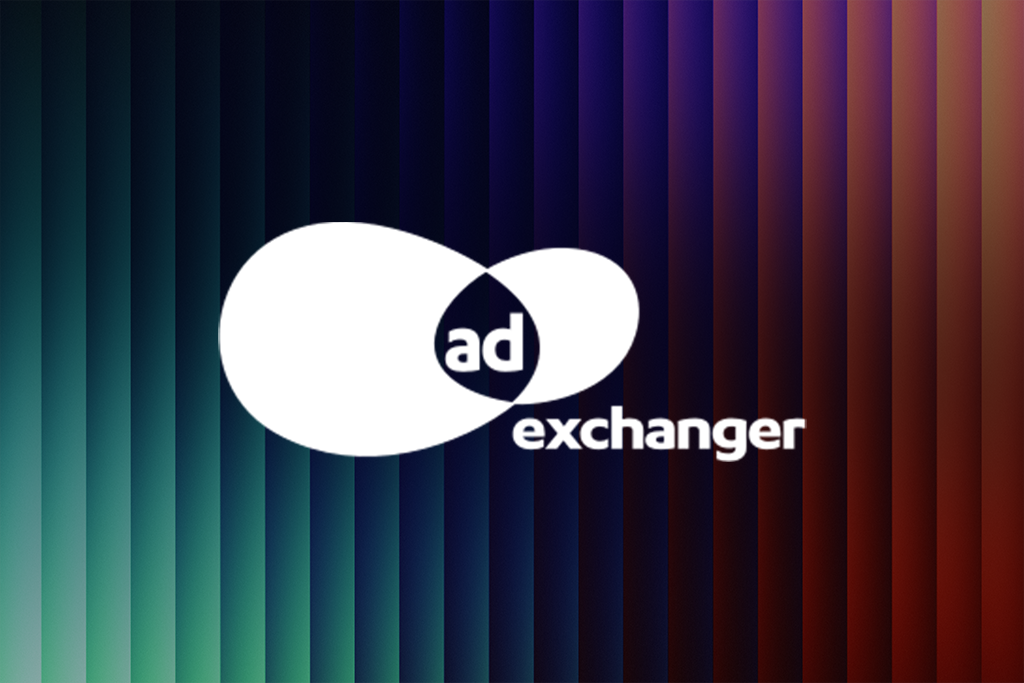
May 16th, 2022 – by Charel MacIntosh, Head of Business Development & Partnerships, Clinch
When you log into your social media accounts, you expect to see content that reflects your interests and preferences, from the profiles you scroll through, the stories you watch, to the ads in your feed- and for the most part, you do. And if you’re like me, you’ve been influenced to make a purchase directly through the platform more times than you’d like to admit. So I’ll ask you: why should streaming on a Connected TV be any different? Sure, the way users engage will differ because the engagement or purchase action is taken on another device or offline to not disrupt the content viewing experience, and the user information provided represents profiles within the household vs. the individual; but the notion of having a personalized consumer experience is more inherent to CTV than most media channels. In CTV, everything from the service, to the platform or app, to the content itself is self-selected, and out of a plethora of choices. CTV also comes with baked-in technology that supports personalization, like user authentication or Automated Content Recognition (ACR) that when enabled, monitors the content being watched, and returns information that can be used for ad targeting and recommending programming that a viewer actually wants to see. And as we’ve learned from the NewFronts, we can expect the 200+ streaming services out there to invest big in UX over the next year (it’s all about tactics driving retention and relevancy for their viewers).
Where am I going with all of this? If an advertiser wants to connect with an audience in a media channel that was built for a personalized consumer experience, the way they advertise should follow suit. Creative personalization is crucial for an advertiser to make an impact in CTV.
If the idea of personalizing your ad creative to connect with a variety of streaming audiences in CTV seems complicated, don’t worry it isn’t. Here are some suggestions to help you get started, Clinch
Don’t fall for the misconception that personalization requires a heavy production lift or net-new assets.
Dynamic creative optimization (DCO) is a technology that enables you to build multiple iterations of an ad using the same base creative, while tailoring elements of the ad based on various parameters and data signals, like audiences, context, conditions, and even past performance once you have a baseline. DCO can easily personalize your assets to align with your campaign goals, to establish relevance with CTV viewers vs. missing an opportunity to connect due to an irrelevant ad.
Leverage cross-device engagement to optimize and further personalize your CTV ad strategy.
The way viewers engage with ads in CTV differs from other media channels. Ads in CTV are shown on a household level, so to measure the viewer’s subsequent actions after seeing an ad, you must also consider the actions taken on on different devices. Let’s say a household is served an ad on a CTV device that features a QR code, and an individual within that household scans the QR code with their phone and is taken to a website. That action generates a known correlation between the ad that is served on the CTV device and the website visited. An advertiser could use this scenario as an opportunity to further personalize the next ad served to that household on the CTV device. This strategic approach to optimization highlights the massive benefit of running DCO campaigns through one unified platform, as advertisers have the ability to seamlessly apply user insights from media channels that support user engagements (like clicks, website visits, purchases) to inform the creative decisioning and ad serving in CTV.
Maintain a test and learn approach.
Continuous testing and learning will unlock the full potential of personalizing your CTV advertising strategy. Once you launch your first campaign you will have a baseline for that specific type of campaign applying personalization. From there, you can hone in on what’s driving performance and relevance to your audience. What’s not resonating can be removed to introduce new elements further improving your connection with the viewer.
Use ACR and DCO as complementary tools for personalization.
ACR data provides insight into the content a viewer is watching across the glass, including set top boxes, linear, and of course CTV. This is an incredibly valuable data set to be used to align creative with the viewing habits of your audience. Similar to how streaming services, apps, and platforms can use ACR data to recommend suitable or supplemental content for a viewer to watch based on the type of content they are viewing, advertisers can create personalized CTV campaigns based on viewers’ content consumption. Using DCO for personalization in conjunction with ACR audiences is a blueprint for success; It can help you identify trends with viewers, lead to the discovery of a new audience subset, and be used to progress your personalization as your consumers’ viewing and engagement continue to evolve.
It’s only a matter of time until CTV becomes a mainline within the average marketing mix. Just as we’ve seen across other media channels, a personalized ad strategy in CTV can be the defining factor behind a welcomed or disruptive viewer experience.







